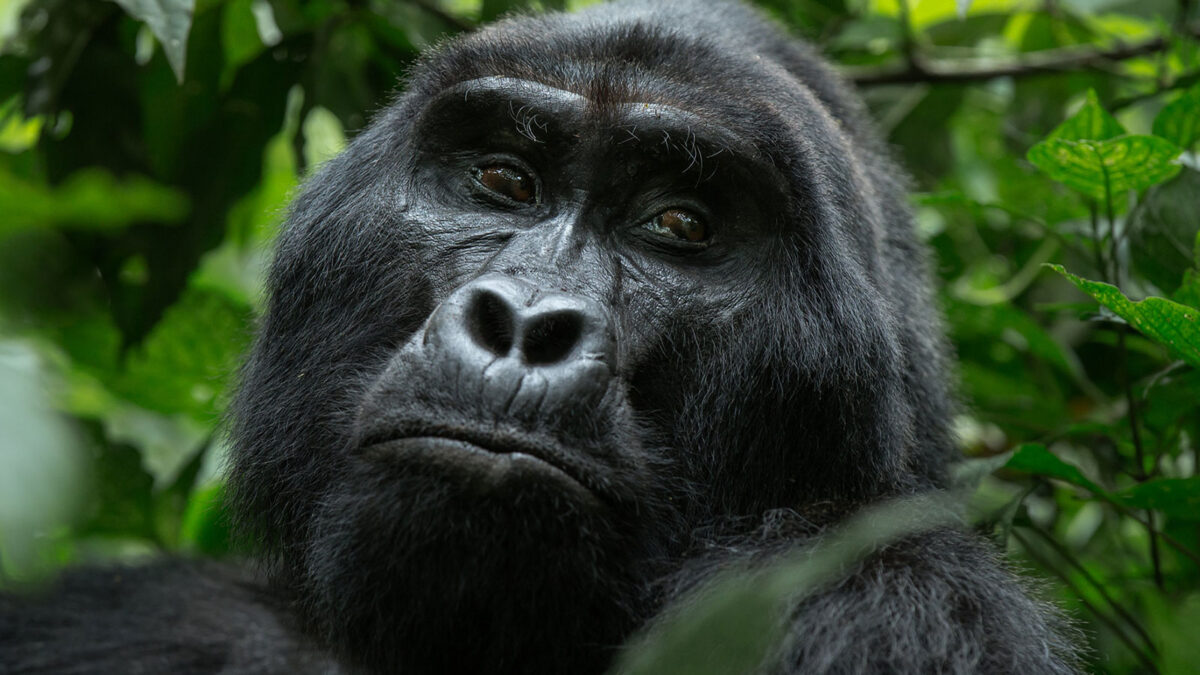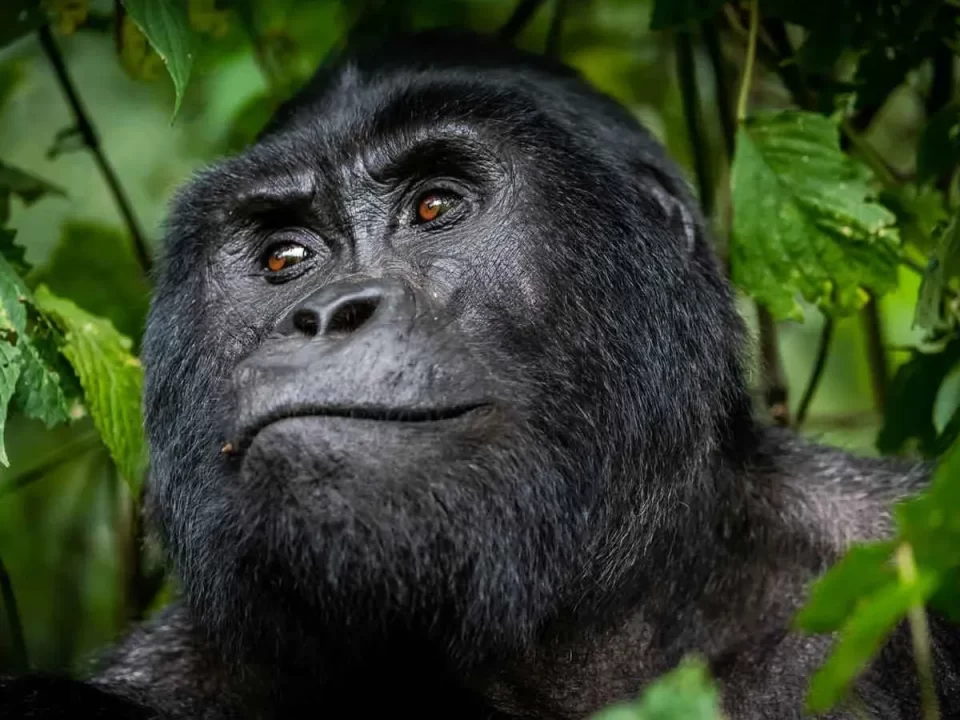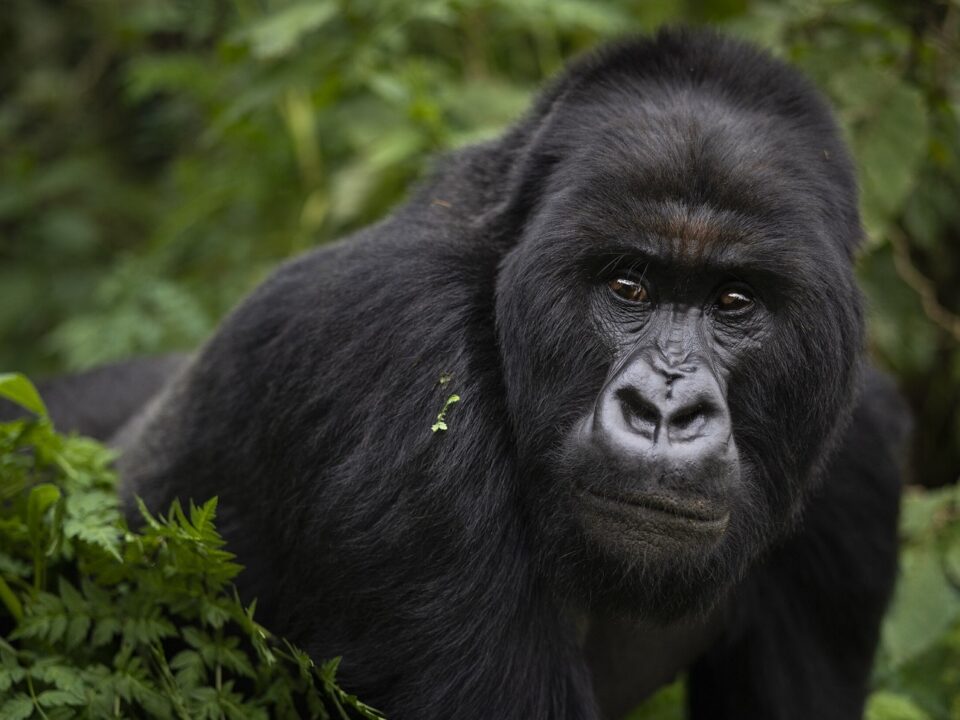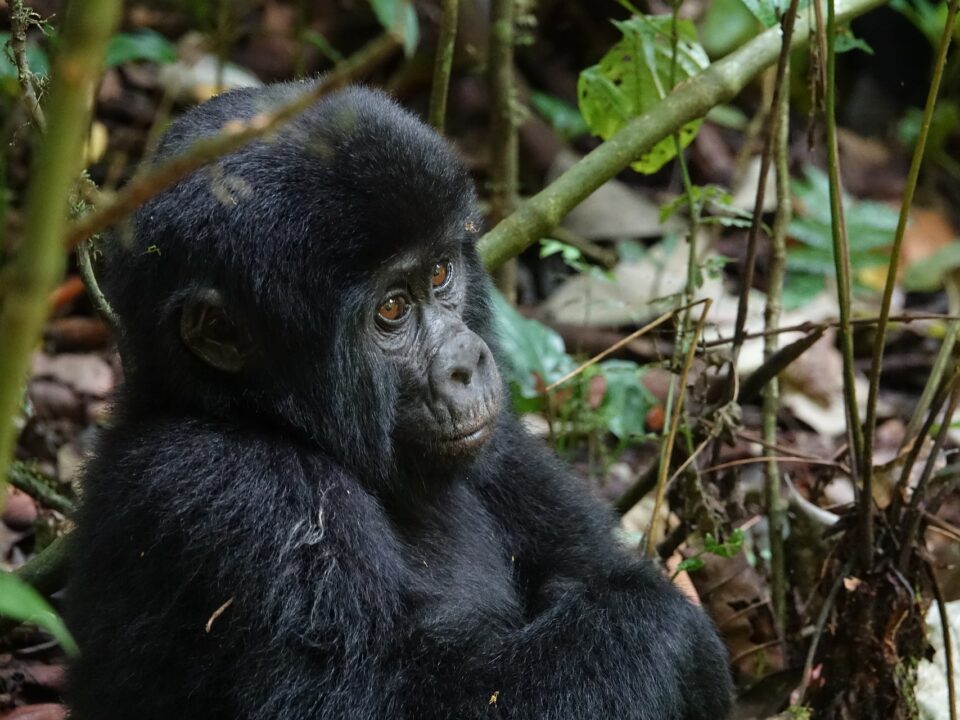Why are Gorilla Permits So Expensive

Essential Packing List for a Successful Gorilla Habituation Experience
January 10, 2023
Minimum Age for Gorilla Habituation Experience
January 10, 2023Why are gorilla permits so expensive?
The high cost of gorilla permits can be attributed to several factors. One of the main reasons is the significant investment required for the conservation of the endangered mountain gorilla population. A large portion, approximately 75%, of the permit fee goes towards initiatives to protect these gorillas. Additionally, the high demand for mountain gorilla trekking experiences, due to the endangered status of these animals and the appeal of an up-close encounter, has led to an increase in permit prices. However, it’s not just the demand that is the reason for the high cost of gorilla permits, but also the cost of conservation efforts required to protect these animals.
Another reason why gorilla permits are so costly is the relatively high demand for this type of wildlife experience compared to other options. Additionally, the uniqueness and special nature of gorilla trekking makes it a highly sought-after activity. Not only do mountain gorillas share 98% of their DNA with humans, but their family structure and behavior are also similar to our own. With a family size of around 30 individuals, led by a dominant silverback, these gorillas have a distinct social hierarchy. The experience of observing this in person cannot be compared to a more typical game drive in places such as the Serengeti or Masai Mara. These factors all contribute to making gorilla trekking a rare and valuable experience, and therefore the permits are priced accordingly.
The funds generated from gorilla permits are utilized to support the lifetime needs of gorillas, as well as for conservation efforts and the development of necessary infrastructure. Conserving gorillas necessitates significant investments in research, hiring of scientists, and maintenance of park ranges, all of which require funding. A significant portion of the revenue from gorilla permits is dedicated to protecting these rare primates.
It is important to keep in mind that a portion of the funds generated from gorilla permits is allocated as follows: 15% goes to the government, 10% is distributed to local communities, and the remaining 75% is directed towards gorilla conservation efforts. It is worth noting that reducing the cost of permits significantly may result in an influx of visitors to the park, which could negatively impact the well-being of the habituated gorilla families.
Gorilla trekking is an activity that can only be done in three countries: Uganda, Rwanda, and the Democratic Republic of Congo. Without obtaining a valid permit, it is not possible to participate in a gorilla trek. In Uganda, mountain gorillas can be found in Mgahinga Gorilla National Park and Bwindi Impenetrable National Parks. In the Democratic Republic of Congo, gorillas can be viewed in Virunga National Park. In Rwanda, mountain gorillas can be tracked in Volcanoes National Park.
The cost of Gorilla Trekking in Uganda, Rwanda and Congo
The cost of gorilla trekking varies from country to country. It is important to note that the price of a gorilla permit is not the only expense to consider when planning a gorilla trekking trip. Other costs to take into account include transportation, accommodation, food, visas, airfare, porter fees, and a packing list. By the end of this article, you will have a better understanding of the cost factors involved in gorilla trekking and why gorilla permits are so expensive.
When planning a gorilla trek in Uganda, Rwanda, or the Democratic Republic of Congo, you will need to acquire a permit. This permit is a ticket that grants you access to view mountain gorillas.
In Uganda, gorilla permits cost USD800 per person per trek for foreign non-residents, and USD700 for foreign residents. Rwanda’s gorilla permits cost twice as much as Uganda’s, with a fee of USD1,500, whereas in the Democratic Republic of Congo, the cost for a gorilla permit is USD400 per person per trek. East African members in Uganda can obtain a gorilla permit for USD300,000 UGX.
If you go gorilla trekking during the low season, you can find relatively low prices for permits in the Democratic Republic of Congo’s Virunga National Park, which typically cost USD250, although this price can vary. Tourists who are interested in spending a longer amount of time with the mountain gorillas can book a gorilla habituation experience, which is only offered in Bwindi Impenetrable National Park in Uganda, at a cost of USD1,500 per day per trek. This experience is four hours long, which is the same amount of time as one hour in Rwanda’s Volcanoes National Park.
Gorilla habituation is distinct from regular gorilla trekking. It is a full-day experience that includes four hours spent with the mountain gorillas, while gorilla trekking is an hour-long activity with trackers. Keep in mind that a gorilla permit is a required document to see gorillas in their natural habitat, and you will not be allowed to participate in the activity without a valid permit to show to the park authorities. A gorilla permit includes; one hour of interaction with the gorillas, park entrance fee, park ranger fee and advanced tracking.
How to obtain a Gorilla Permit
A gorilla permit can be obtained directly or through a tour operator or government authorities in the respective countries. In Uganda, gorilla permits are issued out by the Uganda Wildlife Authority, while in Rwanda they are issued by the Rwanda Development Board. If you plan to trek in the Democratic Republic of Congo, you can book a permit through the Virunga National Park website or through a tour operator. It is advisable to book your permit well in advance, particularly if you plan to visit during the peak season which is between June to mid-September and December to February. We recommend you to start booking at least 5 to 6 months before the trip to ensure availability. If you’re interested in a gorilla trekking tour, Trek Africa Expeditions can assist you with your travel arrangements. Seeing these beautiful gentle giants in their natural habitat is an experience that should be had by everyone at least once in their lifetime. The cost of the activity is well worth it. Don’t wait, plan your safari to Uganda or Rwanda now!
Finally, by visiting mountain gorillas on safari in Africa, you are supporting conservation efforts, research, and the development of infrastructure around the park, as well as the communities surrounding Bwindi Impenetrable Forest and Mgahinga Gorilla National Park. The funds from gorilla permits go towards paying park staff and rangers who protect the mountain gorillas. Your visit is not only an amazing and unique experience, but also a way to make a positive impact on the local environment and community.




